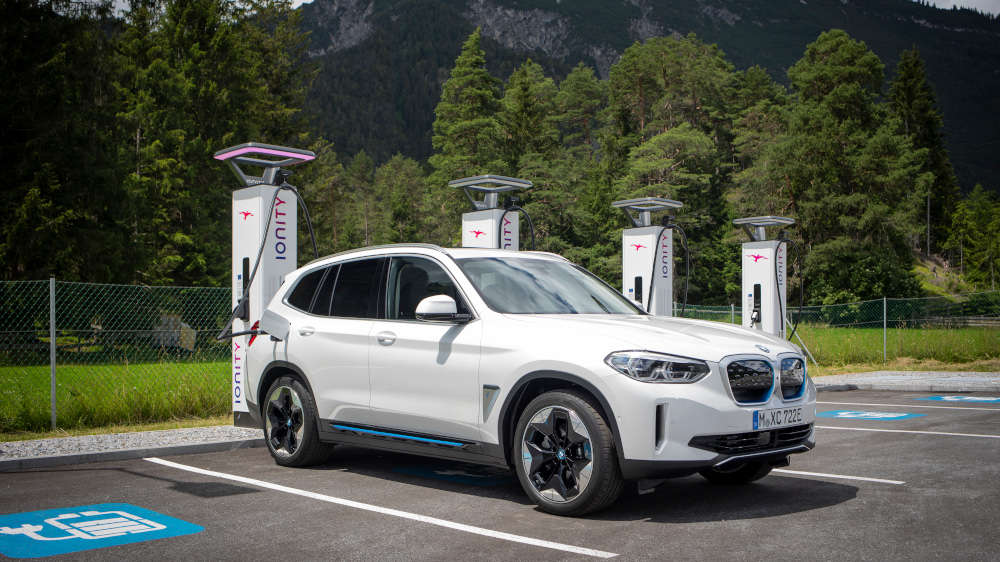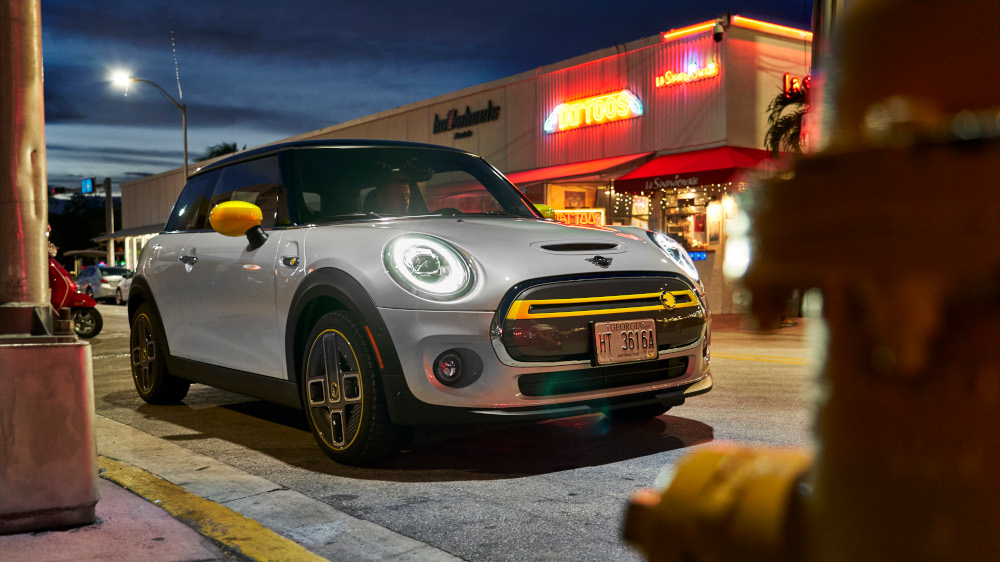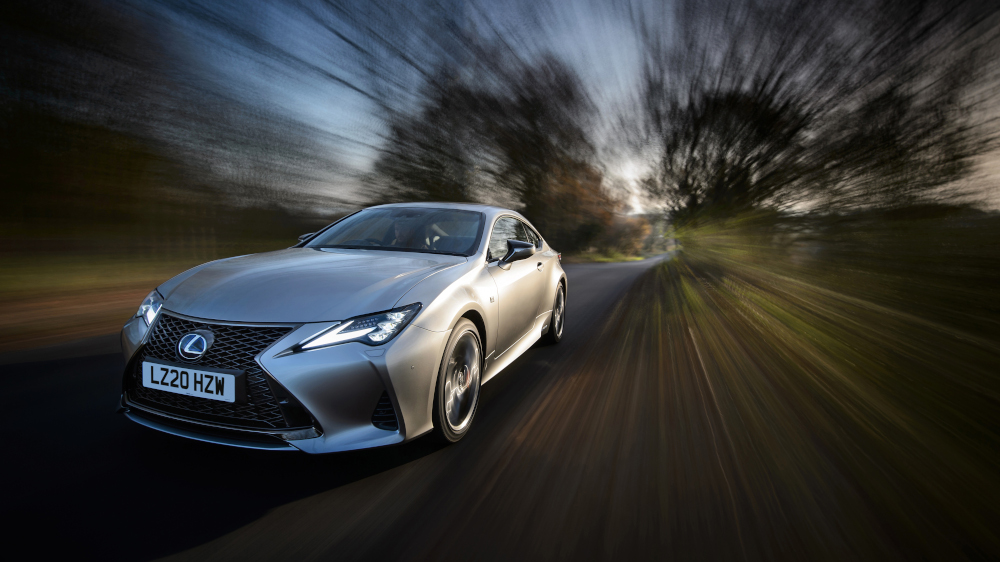Winter Electric Car Running Advice
Freezing temperatures affect driving conditions, causing ice and snow which also affect the way cars drive and perform. Electric cars in particular are affected by the cold. Yet countries with much colder climates than the UK, such as Norway have been some of the biggest adopters of electric cars. So Inchcape have created this guide to explain how the winter can impact running an electric car.
Charging in Winter
It is often assumed that the biggest compromise with an electric car is finding the time to charge it. Charging an electric car can be convenient to your lifestyle however, if you consider where you park most regularly and then look for chargepoints installed in these locations. For most electric car users this will be at home, work and then other most popular destinations such as shopping centres. On longer drives the battery may require topping up along the way using rapid chargers.
During the winter electric cars (like conventional cars) are less efficient, so cover less distance per charge. They also take longer to charge. Therefore public chargepoints can be in more demand, for longer periods of time. It is worth considering this when planning routes and charging patterns, however if most of your charging is completed at home this will have a limited impact on your day to day running of an electric car.
There are five factors which affect the time it takes to charge an electric car: size of battery, charge in the battery, max charging rate of battery, max charging rate of charger and environmental factors.
In the winter colder conditions can increase the time it takes for the car to charge, alongside this the car is less efficient in the winter so less miles are being added per time charging. This should be considered on longer journeys where it is planned to top up the battery to ensure there is enough range. However when charging over night there is enough time that the impact of colder weather will not reduce the battery charge.


Winter Driving Preparation
Most electric cars allow for preconditioning. The interior temperature of the car can be set remotely via an app on a smartphone, so when a journey starts the car is already warm. This can save time when the car requires de-icing, produce a comfortable temperature for the moment the journey starts and preserve battery range.
Preconditioning can increase range in three ways, firstly the climate can be configured for the number of passengers. For example, if there is only one person in the car then only the driver's seat will be heated this saves energy compared to heating the entire car. Secondly, preconditioning will warm the battery, this allows it to run more efficiently by countering the impact of cold weather on the chemical reactions that take place. Finally, preconditioning whilst the car is still plugged in means the energy used to heat the car will not come from the battery which preserves the range available.
Lithium Ion batteries are the most common batteries found in electric and hybrid cars, they create electricity through the process of moving lithium ions from the anode to the cathode within a battery. The batteries rely on chemical reactions to absorb and produce electricity. The lower temperatures in winter slow down these reactions and processes which reduces the battery's performance.
As a result of this and increased demand on the car's lighting, interior heating systems and battery thermal management systems which also use up energy, the range available from an electric car will decrease in winter. Regen braking is also reduced by the car to protect the battery from rapid charge inputs until it warm ups to ensure battery longevity. As a result the range can decrease by approximately 20-30%. Using this as a guide the BMW IX3 would still have a range of over 200 miles on a single charge which is still far higher than the average journey length in the UK of 8.4 miles.
When planning an electric car journey in the winter consider the range available and where you plan to recharge more carefully, as range will be reduced and charging times take longer. Don't allow the battery to drop too low as it will take longer to charge back up.
Plan to set the car to precondition the climate control and battery temperature whilst it is still plugged in around 30 minutes before you plan to leave to maximize the battery's efficiency.
Use the car's eco mode if available to reduce power consumption and preserve range. This mode may automatically limit the top speed of the car, if not aim to keep below 65mph. This will reduce drag and the amount of cooling air passing over the battery, both of which reduce efficiency so range decreases.
Driving an Electric Car in Winter
Electric cars can perform much better than traditional cars in icy conditions. This is due to the design of electric cars in which the batteries are placed as low to the ground as possible to keep the centre of gravity low, this provides greater traction and handling capabilities in snow and ice. Despite full torque being available immediately on electric cars, controlling the power in slippery conditions is easy with gentle use of the accelerator pedal. Stability control can step in to prevent wheels from over-spinning which aids safe progress. When regen braking is available, this can reduce the chance of skidding or loosing control.
Many electric cars also feature all wheel drive in classes of cars which normally would be front wheel drive only, this aids greater traction, making it easier to drive in poor conditions safely.
Like conventional cars it is important to check the tires to ensure cold weather performance, winter tires perform much better in cold weather. Cold conditions can also affect air pressure so it is important to check the pressures regularly to increase safety.
Often in winter conventional cars can suffer from reliability issues resulting in breaking down. Electric cars feature fewer moving parts which reduces the chance of a break down due to components wearing out or failing.
It is recommended to still regularly check components of an electric car such as the condition and pressure of the tires, screenwash and wipers.


